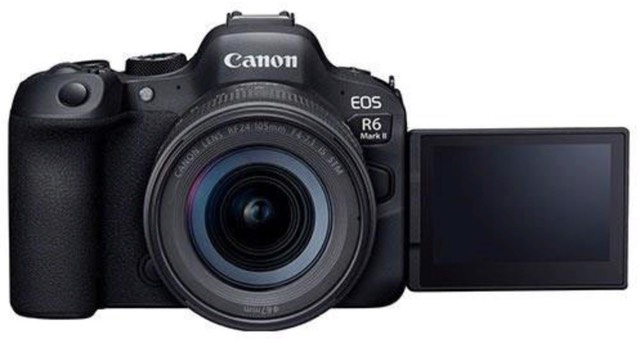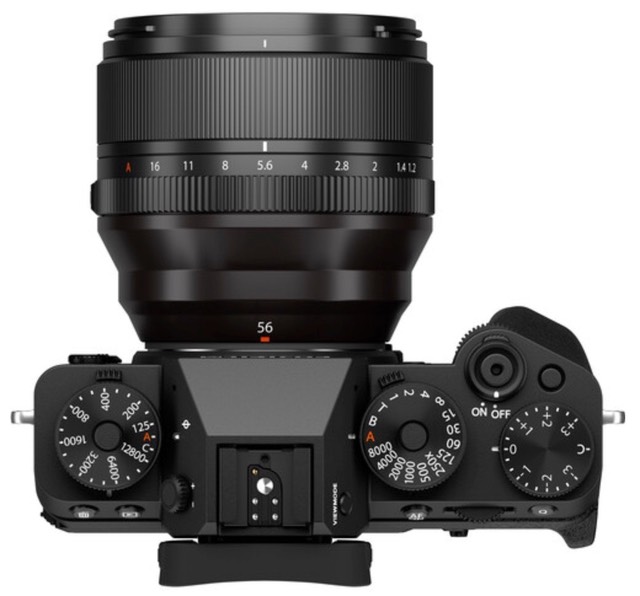Today Canon and Fujifilm updated key mirrorless models in each line.

Canon introduced the R6 Mark II, an unexpected update of the popular R6 camera. The big news here is the move to a 24mp image sensor (the original was 20mp). This new image sensor isn't BSI or stacked, though Canon does indicate that has improved rolling shutter performance—i.e. faster data offload—than their previous full frame 24mp sensor. So much so that, with electronic shutter, the camera is capable of 40 fps (12 fps with mechanical shutter).
Also new is that 4K video is not cropped, but oversampled, and supports 60P for this (40 minutes specified, probably due to heat). FullHD also gets a boost to 180 fps, though it is sub-sampled. With the appropriate Atomos recorder, you can record 6K raw from the entire image sensor, or 3.7K raw from an ASP-C crop.
The R6 Mark II also inherits some of the focus tracking from the R3.
Price remains at US$2500, body only. Camera size is unchanged, though it dropped 10g in weight (.4 ounces).

Fujifilm introduced the X-T5, the latest iteration of the X-T# lineup that had been the key model for them. I write "had been" because it's now clear that the X-H# line is the top of the XF lineup and where Fujifilm chooses to innovate now. The X-T5 appears to be relegated now to a lower-than-top-end camera. To that end, the X-T5 gets the 40mp X-Trans image sensor from the X-H2, with some simplifications in the camera itself that mostly center on still photography.
For example, the X-T5 retains the legacy four-dial design, but there's no battery grip, and the camera itself has downsized slightly in the process (both width/height and weight). The EVF stays at the 3.69m dot level, despite the higher resolution image capture. 8K is not available, with 6.2K being the maximum size. If you look at the X-H2 and X-T5 specs, you'll see a number of other small implications, as well. No headphone jack, for instance.
Of course, there's a lot that's improved from the X-T4 beyond just the extra pixel count. The new X-Processor 5 engine powers better autofocus and some improvements in burst rates, as well as better video. The film simulations are back to the full set Fujifilm supports, as well.
Since I mentioned the X-H2, the difference in price between the two bodies is US$300 (the X-T5 is listing at US$1699). For a still photographer, I'd tend to say opt for the X-T5, but for a videographer, get the X-H2. It's small differences that power that advice, but I think relevant ones.
Fujifilm has been moving considerably upscale with their XF line recently (X-H2s, X-H2, X-T5), mostly driven from the new image sensors and image processor. The question now is what happens to the rest of the line (X-S10, X-T30, in particular). Is 40mp X-Trans the new 26mp X-Trans? Given Fujifilm's lowish overall volume, I can't imagine them running with three or more image sensors for long. More intriguing is something I haven't heard anyone else predict: will the compact X100 VI become a 40mp camera? That might be the jolt to make the X100 solidified as the remaining compact champion.
